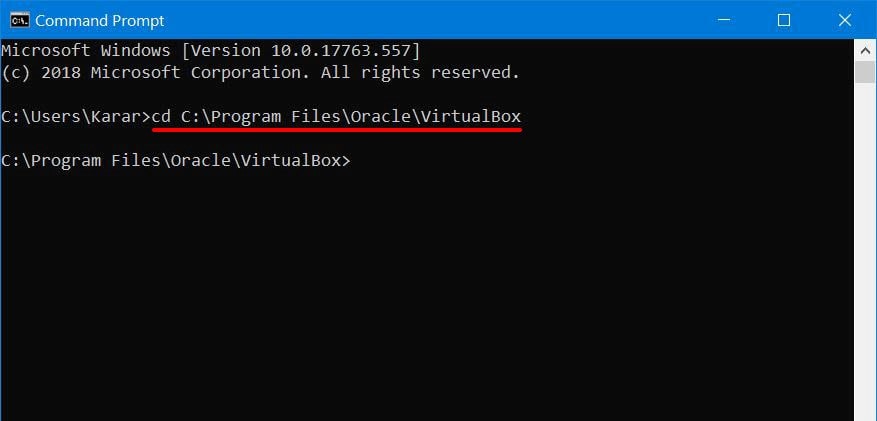
Use this option to display a list of AVD names from your Android home directory.

You can specify startup options when you start the emulator, but not after it has started.įor a list of AVD names, enter the following command: Users/janedoe/Library/Android/sdk/emulator/emulator -avd Nexus_5X_API_23 -netdelay none -netspeed full Here's the basic command-line syntax for starting a virtual device from aĮmulator -avd avd_name įor example, if you launch the emulator from within Android Studio running on a Mac, the defaultĬommand line will be similar to the following: Use the emulator command to start the emulator, as an alternative to This page describes command-line features that you can use with theįor information about using the Android Emulator UI, see The Android Emulator lets you develop and testĪndroid apps without using a physical device. More on these can be found in the video on top of the page.The Android SDK includes an Android device emulator-a virtual device r is a "flag", allowing us to apply specific options to our comment. Rm -r FolderName removes the folder including all files and folders it contains (in this case, the folder is also located in our current working directory) Removing directories which contain files and/or folders is possible, but must be done with caution as you can cause severe damage to your system when removing wrong files or folders. So be careful when applying these commands! Important!: There is no way to bring back deleted files and folders. Rmdir FolderName removes the empty(!) folder in our current working directory



Rm FileName.type removes the file referred to in the current folder (adding the path will delete the file in the respective folder) touch project/FileName.type.ĭeleting files or folders works as follows: Mkdir FolderName creates a new folder with the name specifiedīoth files and folders can also be created in specific directories when adding the corresponding path, e.g. Touch FileName.type will create a new (empty) file with the name and type specified Besides navigation, file and folder creation is also possible in the terminal:


 0 kommentar(er)
0 kommentar(er)
